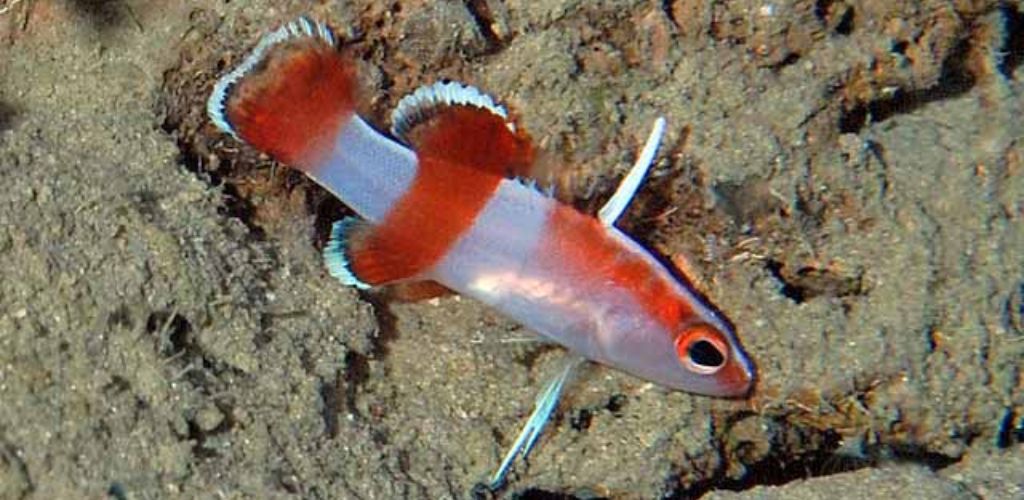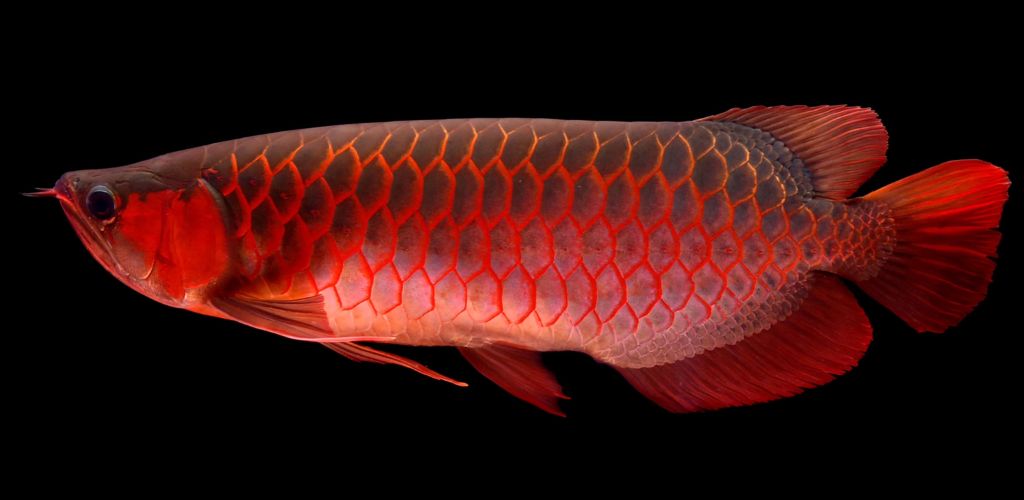The world’s aquatic life is as vast as it is mesmerizing, with certain fish commanding astonishing prices that reflect their rarity, beauty, and cultural significance. From the glittering scales of the Platinum Arowana to the prized flesh of the Bluefin Tuna, these extraordinary fish are not just marine creatures; they are symbols of luxury, status, and wealth. The allure of these expensive fish lies in more than just their appearance—it’s a combination of their rarity, the challenges of breeding and capturing them, and their roles in luxury dining and cultural traditions.
This blog will take you through the fascinating world of the most expensive fish in the world, exploring why they are so highly valued and the factors that drive their incredible market prices.
Why Are Some Fish So Expensive?
The high prices of certain fish can be attributed to a combination of factors that make them exceptionally rare and desirable. One of the primary reasons is rarity—some fish are naturally scarce, either because they are found only in specific, hard-to-reach habitats or because they are endangered species. For example, the Asian Arowana, a highly sought-after species, can cost upwards of $300,000 due to its endangered status and strict regulations on trade.
Breeding difficulty is another significant factor. Many of these expensive fish require very specific conditions to breed successfully, whether in the wild or captivity. The Platinum Arowana, for instance, commands prices as high as $400,000 because of the intricate and costly processes involved in breeding them, including maintaining optimal water quality, temperature, and diet.
The natural habitat of these fish also plays a role in their value. Fish that inhabit remote or difficult-to-access regions are harder to capture and transport, adding to their price. The Neptune Grouper, found at depths of over 800 feet, can fetch prices of around $6,000 due to the challenges in capturing it.
Cultural significance and culinary demand are equally important. In Japan, the Bluefin Tuna is revered for its high-quality meat, leading to record-breaking auction prices. In 2019, a single bluefin tuna was sold for a staggering $3.1 million at the Toyosu Fish Market in Tokyo, highlighting the cultural and culinary value placed on this species.
Top 10 Most Expensive Fish in the World
1. Platinum Arowana

The Platinum Arowana is a rare, albino variety of the Arowana, admired for its metallic, shimmering scales and elongated, graceful body. This fish is often regarded as a symbol of wealth and status, particularly in Asian cultures. Its price ranges from $300,000 to $400,000, making it one of the most expensive fish in the world. The high cost is largely due to its extreme rarity and the difficulty in breeding these fish in captivity. Additionally, its unique appearance and cultural significance contribute to its staggering value.
2. Bluefin Tuna

Bluefin Tuna are large, powerful fish highly valued for their rich, fatty meat, which is a delicacy in high-end sushi restaurants. These fish can reach prices that range from $10,000 to a record-breaking $3.1 million, as seen in a 2019 auction in Japan. The astronomical prices are driven by the high demand in the sushi industry, especially in Japan, where Bluefin Tuna is considered a symbol of luxury. The declining population due to overfishing also adds to its scarcity and, consequently, its price.
3. Polka Dot Stingray

The Polka Dot Stingray, also known as the Freshwater Stingray, is a visually striking species known for its unique black body covered in white spots. This rare freshwater fish can cost between $100,000 and $150,000. Its high price is due to its rarity and the challenges associated with breeding and maintaining it in captivity. The Polka Dot Stingray’s distinctive appearance and exotic nature make it a prized possession for collectors.
4. Peppermint Angelfish

The Peppermint Angelfish is a small, vividly colored fish with bright red and white stripes, resembling peppermint candy. Found in deep waters around the Pacific Ocean, it is one of the rarest and most sought-after marine fish. With a price tag of around $30,000, the Peppermint Angelfish is expensive due to its rarity, as it is challenging to locate and capture in its natural habitat. Its vibrant colors and scarcity make it a coveted addition to high-end aquariums.
5. Masked Angelfish

The Masked Angelfish is a stunning marine fish known for its pure white body and distinctive black mask around its eyes. Native to the Hawaiian Islands, this rare fish can command prices of up to $20,000. Its limited availability, combined with the difficulty of collecting it from the wild, contributes to its high cost. The Masked Angelfish is highly prized by collectors for its unique appearance and rarity.
6. Freshwater Polka Dot Stingray

The Freshwater Polka Dot Stingray, a cousin of the marine Polka Dot Stingray, is another highly prized species. It shares the same distinctive black-and-white pattern but lives in freshwater environments. The price for this stingray ranges from $10,000 to $100,000, depending on its size and pattern clarity. Its scarcity in the wild, along with the challenges of breeding it in captivity, makes it an expensive and desirable fish for collectors.
Also Read: AI Tools for Stock Trading
7. Bladefin Basslet

The Bladefin Basslet is one of the smallest and most expensive fish in the world, measuring just about 1.5 inches in length. Despite its size, it can cost up to $10,000. This tiny, brightly colored fish is found in the deep waters of the Caribbean, making it extremely difficult to capture. The Bladefin Basslet’s high price is due to its rarity and the challenges associated with deep-sea collection.
8. Golden Basslet

The Golden Basslet is another small but highly valuable fish, known for its vibrant golden-yellow color. Native to the deep waters of the Atlantic Ocean, this elusive fish can fetch prices up to $8,000. Its scarcity, coupled with the difficulty of capturing it from its natural deep-sea habitat, drives its price. The Golden Basslet is a prized addition to any high-end aquarium due to its striking appearance and rarity.
9. Neptune Grouper

The Neptune Grouper is a strikingly beautiful fish with a vibrant mix of pink, yellow, and red colors. Found at depths of over 800 feet, this deep-sea fish can command prices of around $6,000. Its high cost is due to the challenges of capturing it from such great depths, as well as its striking appearance, which makes it a popular choice among collectors.
10. Asian Arowana

The Asian Arowana, also known as the Dragon Fish, is highly revered in many Asian cultures as a symbol of luck and prosperity. This freshwater fish can cost anywhere from $5,000 to over $300,000, depending on its color and scale pattern. The Asian Arowana’s high price is driven by its endangered status, making it illegal to trade without special permits in many countries. Its cultural significance and rarity make it one of the most expensive fish in the world.
The Cultural and Culinary Impact of Expensive Fish
Expensive fish carry deep cultural significance and are often seen as symbols of status and prosperity. In many Asian cultures, fish like the Asian Arowana are believed to bring good luck and wealth, making them highly coveted. These fish are not just pets but living symbols of fortune, with prices reflecting their cultural importance.
In luxury dining, these fish are prized for their exceptional quality and flavor. The Bluefin Tuna, a cornerstone of Japanese sushi cuisine, is especially revered, with prices reaching millions at auctions. Its rich, fatty meat is considered a delicacy, making it a symbol of high-end dining.
Beyond their culinary value, owning rare fish like the Platinum Arowana or Peppermint Angelfish is a mark of prestige, signaling wealth and success. Whether displayed in homes or featured on luxury menus, these fish are emblems of power and cultural identity, commanding respect and admiration worldwide.
Ethical and Environmental Considerations
The trade-in of expensive fish, such as Bluefin Tuna, has significant environmental and ethical concerns. Overfishing depletes populations and harms marine ecosystems, while intensive breeding practices for species like the Platinum Arowana can raise animal welfare issues.
Efforts to address these problems include regulations on fishing and conservation initiatives, such as marine protected areas and sustainable aquaculture practices. Ethical concerns also highlight the need for responsible trade practices to prevent illegal fishing and exploitation, ensuring that the high value of these fish does not come at the expense of their survival and environmental health.
We Suggest: Most Profitable Business In India
Conclusion
The fascination with expensive fish stems from their rarity, beauty, and cultural significance, making them symbols of luxury and status. From the shimmering Platinum Arowana to the prized Bluefin Tuna, these fish captivate collectors and gourmands alike with their unique attributes and high market value.
However, as we admire these remarkable creatures, it’s crucial to balance our appreciation with a commitment to conservation. Overfishing and unsustainable breeding practices pose serious threats to their populations and ecosystems. By supporting conservation efforts and ethical trade practices, we can ensure that our fascination with these extraordinary fish does not compromise their survival and the health of our oceans.






